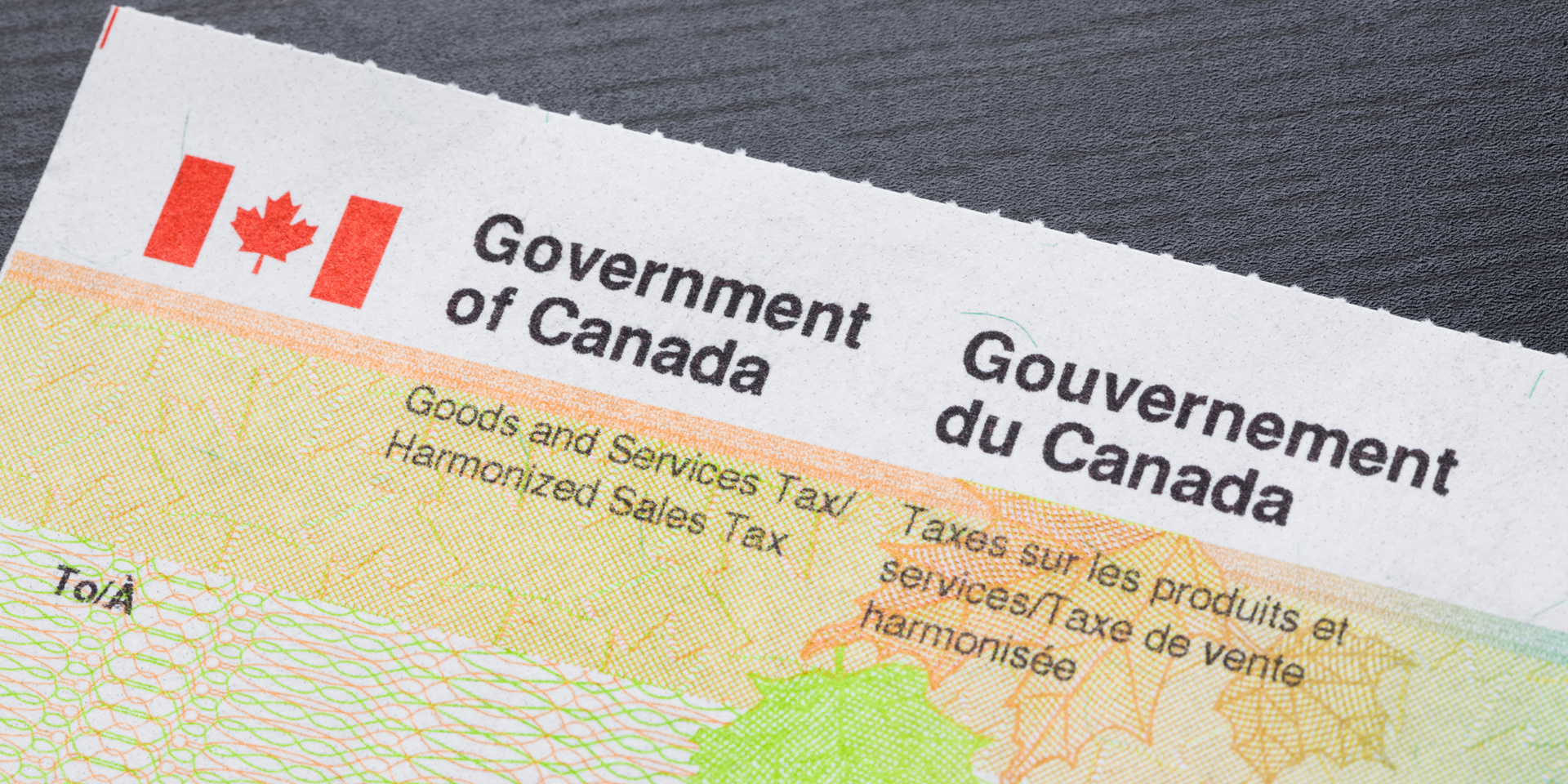TD1 Tax Form: A Comprehensive Guide to Personal Tax Credits Return in Canada

Have You Recently Experienced a Major Life Change?
If you’ve recently started post-secondary school, gotten married (congratulations!), or gone through other significant life changes, this can impact the tax credits and deductions you’re eligible for. The TD1 Form you completed when you first started with your employer helps determine how much tax should be withheld from your paycheck based on these credits and deductions.
However, there are times when you may need to update this form to ensure you're paying the correct amount of tax. Continue reading to better understand what the TD1 Tax Form is, when to adjust it, and how it affects your tax withholdings.
What Is the TD1 Tax Form?
The TD1 Tax Form, also called the Personal Tax Credits Return, is used by your employer to calculate the correct amount of income tax to withhold from your pay. It accounts for any nonrefundable tax credits and deductions you are eligible to claim, both at the federal and provincial levels.
Updating your TD1 can help minimize the taxes you owe at the end of the year or allow you to receive more of your tax refund throughout the year, rather than in a lump sum when you file your return.
You can update your TD1 either by getting a paper form from your employer or by accessing the form on the CRA website. Larger employers may offer an electronic version, while smaller companies may provide a paper or online PDF version, along with instructions on how to complete and submit the form.
Who Should Complete the TD1 Tax Form?
If you have an employer, you likely completed the TD1 when you first started working. If you have multiple employers, you must fill out a TD1 for each one. In this case, check the box indicating that you have multiple employers to avoid both deducting the same nonrefundable tax credits.
Pensioners receiving benefits also need to complete the TD1 Form when they start receiving income from a pension.
Certain changes in your personal situation may require you to complete a new TD1 Form. Keep in mind that you have only 7 days to submit the updated form to your employer. If you don’t submit a TD1, your employer will only account for the basic personal amount.
When to Complete a New TD1 Form
You should fill out a new TD1 if:
- Your marital status changes.
- You start supporting a spouse or eligible dependent.
- You become eligible for the Disability Tax Credit (DTC).
- You start post-secondary education.
- You turn 65.
- You qualify for the Northern Residents Deduction for living in a prescribed zone.
- You want to adjust the amount of tax deducted from your pay—whether to increase it (to avoid owing taxes) or decrease it (requiring Form T1213 to reduce tax at source).
You don’t need to complete the TD1 annually—only when your situation changes.
Are There Other Forms to Consider?
Depending on your circumstances, other forms may be required alongside the TD1 to adjust your tax withholdings:
- TD1X: If you earn commissions and want to reduce income tax based on your work-related expenses.
- TD1X (Quebec): Commission employees in Quebec should use this federal form and Quebec’s TP1015.R.13.1-V.
- TD3F: For self-employed fishers, to elect for 20% tax deducted at source.
- TD1-IN: For Status Indians to determine tax exemption on their employment income.
After completing the forms, submit them to your employer, who will retain them for their records.
How to Fill Out a TD1 Form
Filling out the TD1 form is straightforward, but you may need to complete both the federal and provincial/territorial forms. Simply follow the instructions on each line of the form.
- On the Federal TD1, add lines 1–12 together and enter the total on line 13.
- For the provincial/territorial form, the process will vary by location.
The total claim amount will determine how much tax is deducted from your gross pay for each pay period. Make sure to complete one set of forms for each employer or pension plan administrator.
For provincial and territorial forms, you can find them on the CRA website.
Key Points to Remember
- The TD1 Tax Form calculates how much income tax your employer or pension provider should withhold.
- It considers your nonrefundable tax credits and deductions to determine your total claim amount.
- If your life circumstances change, such as your marital status or number of dependents, you may need to update your TD1 within 7 days.











